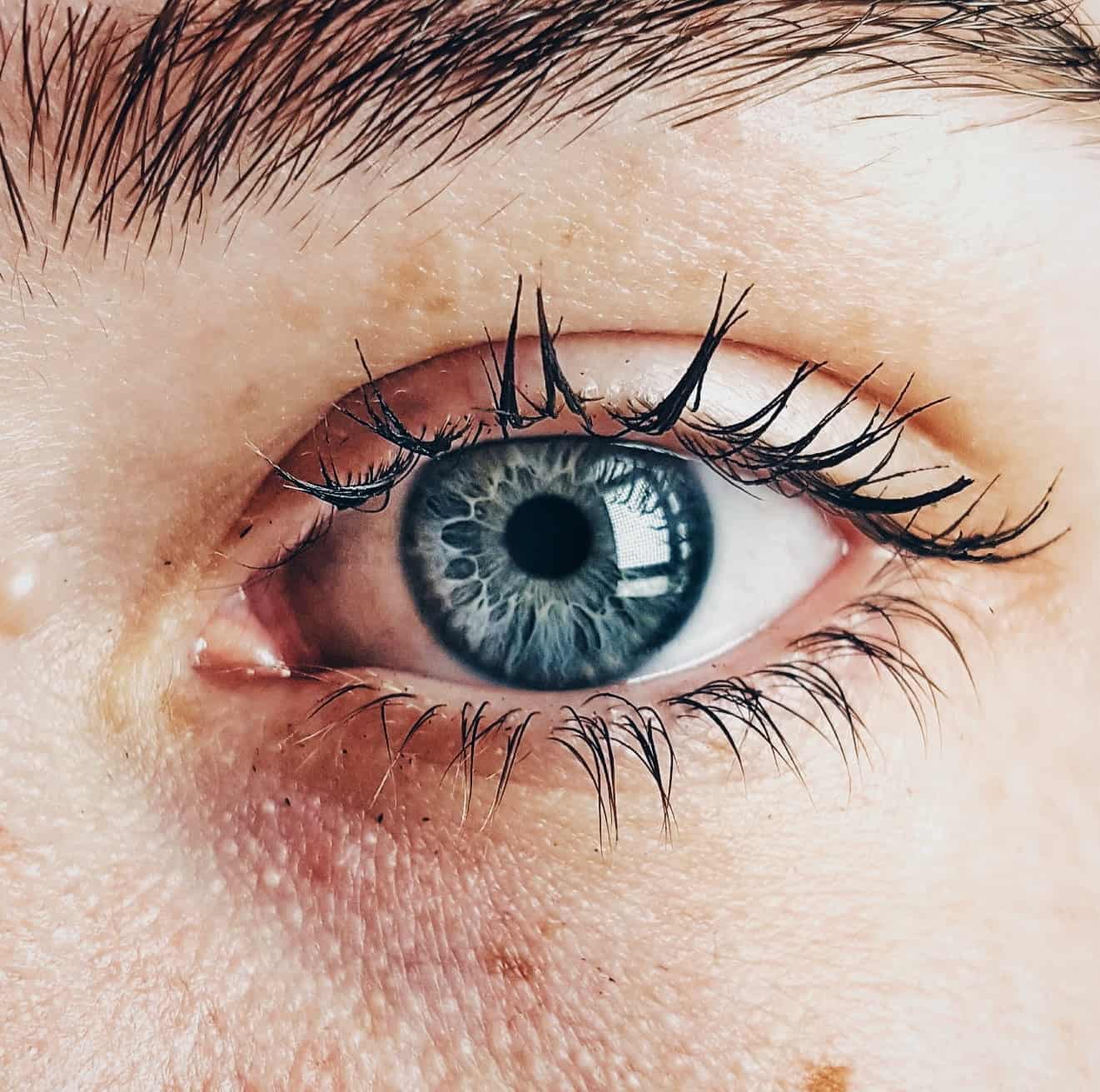Cornea Services
The cornea is a clear structure at the front of your eye which is responsible for focusing light so you can have clear and unobstructed vision. There are many conditions that could affect this part of the eye and cause pain, redness or a decrease in vision. Ophthalmologists who specialize in the diagnosis and treatment of corneal diseases obtain additional training to gain expertise in this complex sub-specialty of ophthalmology.
Led by fellowship-trained Cornea Specialist, Dr. Syed A Sami Karim, MD, Bucks-Mont Eye Associates is excited to offer the latest techniques in cornea care to our patients.

Conditions We Diagnose & Treat:
Fuchs’ Dystrophy
Fuchs’ dystrophy is a slowly progressing disease that usually affects both eyes and is slightly more common in women than in men. It can cause your vision to gradually worsen over many years, but most people with Fuchs’ dystrophy won’t notice vision problems until they reach their 50s or 60s.
Fuchs’ dystrophy is caused by the gradual deterioration of cells in the corneal endothelium; the causes aren’t well understood. Normally, these endothelial cells maintain a healthy balance of fluids within the cornea. Healthy endothelial cells prevent the cornea from swelling and keep the cornea clear. In Fuchs’ dystrophy, the endothelial cells slowly die off and cause fluid buildup and swelling within the cornea. The cornea thickens and vision becomes blurred.
As the disease progresses, Fuchs’ dystrophy symptoms usually affect both eyes and include:
- Glare, which affects vision in low light
- Blurred vision that occurs in the morning after waking and gradually improves during the day
- Distorted vision, sensitivity to light, difficulty seeing at night, and seeing halos around light at night
- Painful, tiny blisters on the surface of the cornea
- A cloudy or hazy looking cornea
The first step in treating Fuchs’ dystrophy is to reduce the swelling with drops, ointments, or soft contact lenses. If you have severe disease, your eye care professional may suggest a corneal transplant.
Dry Eye
Dry eye is a condition in which the eye produces fewer or lower quality tears and is unable to keep its surface lubricated.
The main symptom of dry eye is usually a scratchy feeling or as if something is in your eye. Other symptoms include stinging or burning in the eye, episodes of excess tearing that follow periods of dryness, discharge from the eye, and pain and redness in the eye.
Sometimes people with dry eye also feel as if their eyelids are very heavy or their vision is blurred.
Pterygium
A pterygium is a pinkish, triangular tissue growth on the cornea. Some pterygia (plural for pyterygium) grow slowly throughout a lifetime, while others stop growing. A pterygium rarely grows so large that it covers the pupil of the eye.
Pterygia are more common in sunny climates and in adults 20-40 years of age. It is unclear what causes pterygia. However, since people who develop pterygia usually have spent significant time outdoors, researchers believe chronic exposure to UV light from the sun may be a factor.
To protect yourself from developing pterygia, wear sunglasses, or a wide-brimmed hat in places where the sunlight is strong. If you have one or more pterygia, lubricating eye drops may be recommended to reduce redness and soothe irritation.
Surgery for pterygium is performed when patients start to develop worsening vision, pain or discomfort. Pterygium surgery is an outpatient procedure with a good success rate. However, even after surgery, sometimes the pterygium may recur.
What treatments are there for advanced corneal disease?Corneal Transplant Surgery
Learn More Below
Corneal Transplant Surgery
For some corneal conditions, corneal transplant surgery may be the best option to allow good vision. Corneal transplant surgery removes the damaged portion of the cornea and replaces it with healthy donor tissue. Corneas are the most commonly transplanted tissue worldwide. More than 47,000 corneal transplants were performed in the U.S. in 2014.
For diseases such as Fuchs’ dystrophy, only the inside layer of the cornea can be transplanted. This allows for faster visual recovery and decreases the risk of tissue rejection.
For diseases which affect the entire cornea, a full thickness corneal transplant is necessary.